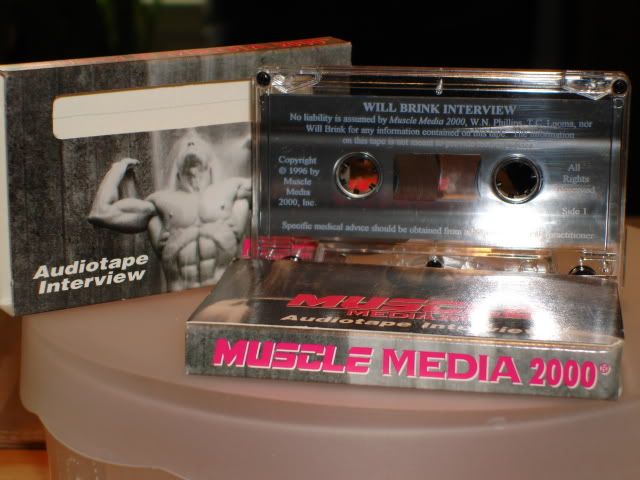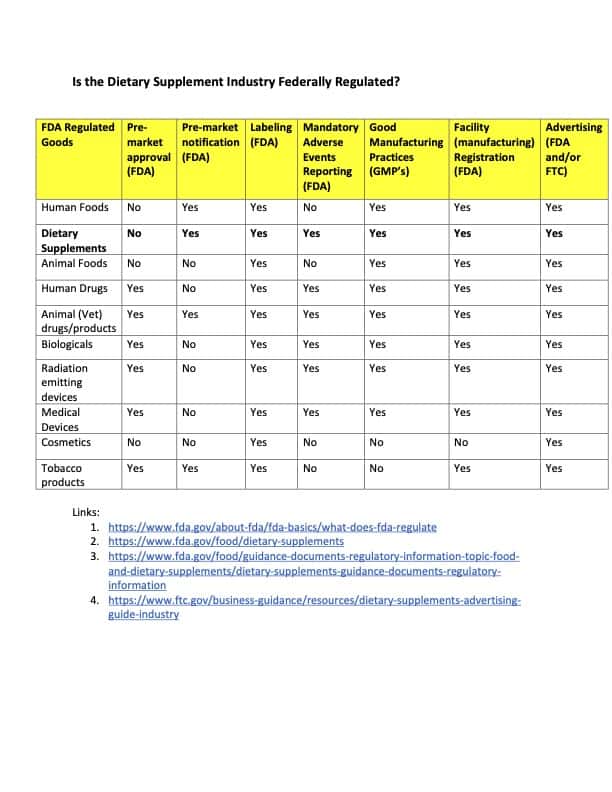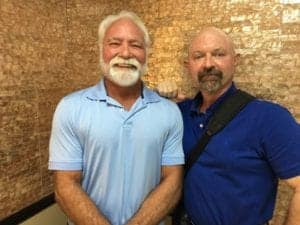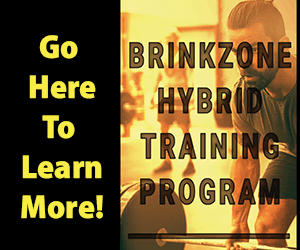It’s recently dawned on me that if you follow my training recommendations, you’ll be essentially training like an Olympic weightlifter, although you may not actually be doing the O-lifts themselves. The salient points of such an approach include:
• Performing (relatively) many sets of (relatively) few reps. Most people of course, do just the opposite. Their focus is on trying to accomplish the workout’s objectives over the smallest possible number of sets (usually 3-4 per exercise). Now of course, if you told me you could only perform one set, I’d recommend taking that set to failure. But guess what? We’re not bound by that restriction! So instead, I’m asking you to do as little as possible in one set, and make up the balance by performing many sets. This is the only way to ensure intra-set recovery of your Type IIb motor units. It’s also safer and less psychologically daunting, but consider that a bonus.
• Using acceleration as leverage for triggering anaerobic metabolism and Type IIb fiber stimulation. Muscles don’t know how much weight is on the bar, they only know how much tension they’re experiencing. We can safely develop the highest tensions using moderate weights, provided we focus on accelerating each and every rep to maximum speed. If you’re worried about momentum lifting the weight, don’t be: it was your muscles that created the momentum in the first place.
• Finding the easiest way to move a weight, not the hardest. This ties into the previous point. The nervous system is designed for efficiency, not inefficiency. Probably has something to do with conservation of energy, or maybe mother nature’s disinterest in you doing anything but living long enough for you to pass your genes on to the next generation. Nonetheless, the best way to train muscles is to find exercises that 1) permit many muscle groups to cooperate in the task as a team, and 2) allow efficient acceleration of the load. What’s that? If you’re efficient, you don’t burn as many calories? Not to worry, we’ll just do a LOT more sets to make up the difference. Like maybe 14 sets per exercise— maybe more.
• Prioritizing performance over pain. “Exercisers” place value on physical activity based on how much it does or doesn’t hurt. If it hurts, it must be working. Athletes, on the other hand, know that it’s the work you do— not how it feels to do that work— that determines the end result. It takes “X” amount of energy to do “X” amount of work, so remember that the next time your buddy helps you with a few forced reps after you hit failure on a set of decline benches.
I could continue with more parallels, but maybe you’d like to chime in yourself…if so, please leave me a comment below.
<!– –>








To Charles and anyone else –
I am curious what you think about this from the perspective of injury and/or overtraining or overreaching.
I agree that this is probably the most effective way to train (I’ve been training like this for years with great results), BUT I am wondering if training like this in the SLOW lifts (squat, DL, Bench, Chins) is very different than training like this for Olympic lifts. The former, by their nature, still do not involve the sort of momentum that Olympic lifts do — so no matter how much you try to accelerate the bar or whatever — it’s still fundamentally a slow lift. In your opinion, does this make a difference in one’s recovery? (E.g., It’s been my experience that I could train Bulgarian style Olympic lifting for several months with no problem, but I could never do the same sorts of routines w/ the slow lifts. [Assuming, of course, comparable numbers/intensities in the two, which is not the case for many who don’t train the Olympic lifts on a regular basis…])
Ah yes!! Lifting heavy weights with low reps and multiple sets–what a novel idea!! Except this training has been around for decades but got engulfed by fluff and puff, steroid induced misinformation. Within the past year I have had success with “heavy duty” training (Mike Mentzer, Doug Hepburn, John Grimek, Brooks Kubik “Dinosaur Training”). So far no injuries or strains. Kubik & Hepburn thrived on doing multiple sets of 1-3 reps always trying to add weight when possible. Incorporating olympic lifts are always good to strengthen the whole body.
Pushing cars, lifting sand bags and barrels, carrying logs are excellent as well.
Let’s face it: Effective exercise is really manual labor done for fun.
spot on with my thinking…..i dont have enough flexibilty or interest in olympic lifting to take it up but the philsophy behind its training seems to make sense to me and i am going to use this approach for my standard lifts anyone who knows anything about olympic lifting will know that if the flexibilty aint there neither will the lifts and the level of flexibilty needed takes a lot of time and dedication.all i want to do is continue with squatting deadlifts clean-pushpress presses and pulls. my body responds a lot better to multiple set 1- 3 rm all out efforts with sufficient rest inbetween.none of this is gonna apply if you are a bodybuilder although your body is still gonna get a nice look to it as a side effect of all the hard training as many olympic lifters will tell you